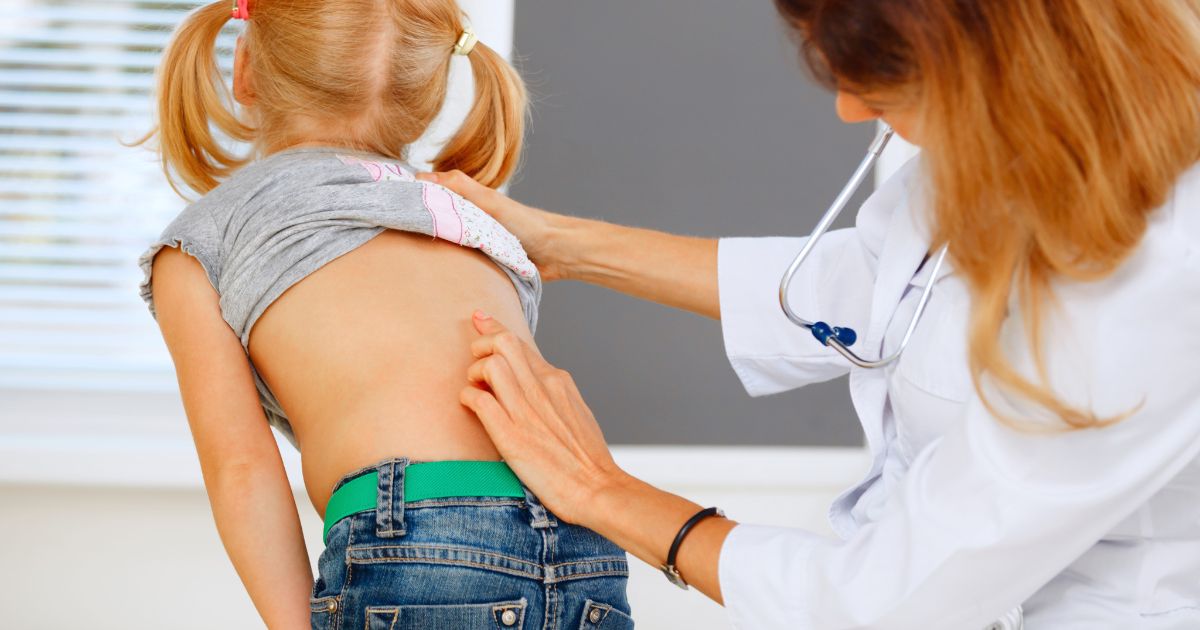Chiropractic Spinal Manipulative Therapy For Migraine:
A Three-Armed, Single-Blinded, Placebo, Randomized Controlled Trial
Chiropractic Spinal Manipulative Therapy For Migraine: A Three-Armed, Single-Blinded, Placebo, Randomized Controlled Trial
SOURCE: Eur J Neurol. 2016 (Oct 2) [Epub]
Aleksander Chaibi, Jurate Šaltyte Benth, Peter J Tuchin, Michael Bjørn Russell
Head and Neck Research Group,
Akershus University Hospital,
Lørenskog, Norway.
BACKGROUND AND PURPOSE: To investigate the efficacy of chiropractic spinal manipulative therapy (CSMT) for migraineurs.
METHODS: This was a prospective three-armed, single-blinded, placebo, randomized controlled trial (RCT) of 17 months duration including 104 migraineurs with at least one migraine attack per month. The RCT was conducted at Akershus University Hospital, Oslo, Norway. Active treatment consisted of CSMT, whereas placebo was a sham push manoeuvre of the lateral edge of the scapula and/or the gluteal region. The control group continued their usual pharmacological management. The RCT consisted of a 1-month run-in, 3 months intervention and outcome measures at the end of the intervention and at 3, 6 and 12 months follow-up. The primary end-point was the number of migraine days per month, whereas secondary end-points were migraine duration, migraine intensity and headache index, and medicine consumption.
RESULTS: Migraine days were significantly reduced within all three groups from baseline to post-treatment (P < 0.001). The effect continued in the CSMT and placebo group at all follow-up time points, whereas the control group returned to baseline. The reduction in migraine days was not significantly different between the groups (P > 0.025 for interaction). Migraine duration and headache index were reduced significantly more in the CSMT than the control group towards the end of follow-up (P = 0.02 and P = 0.04 for interaction, respectively). Adverse events were few, mild and transient. Blinding was strongly sustained throughout the RCT.
There are more articles like this @ our:




